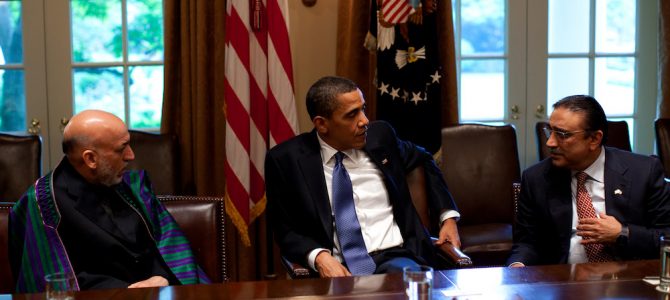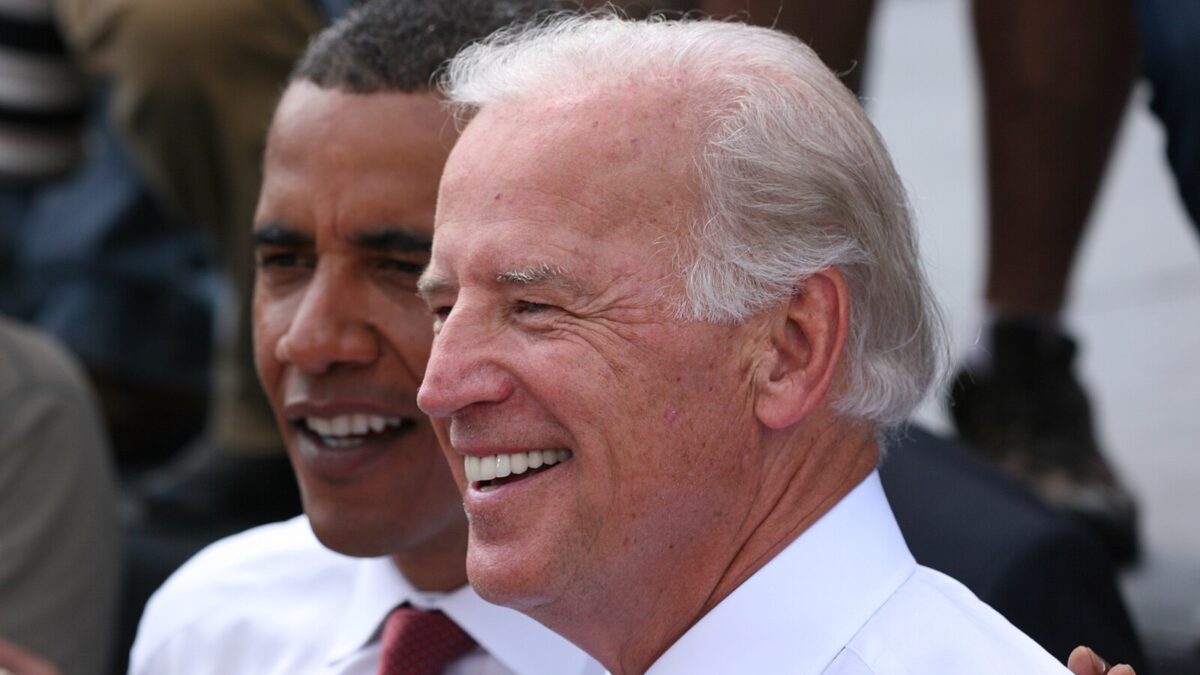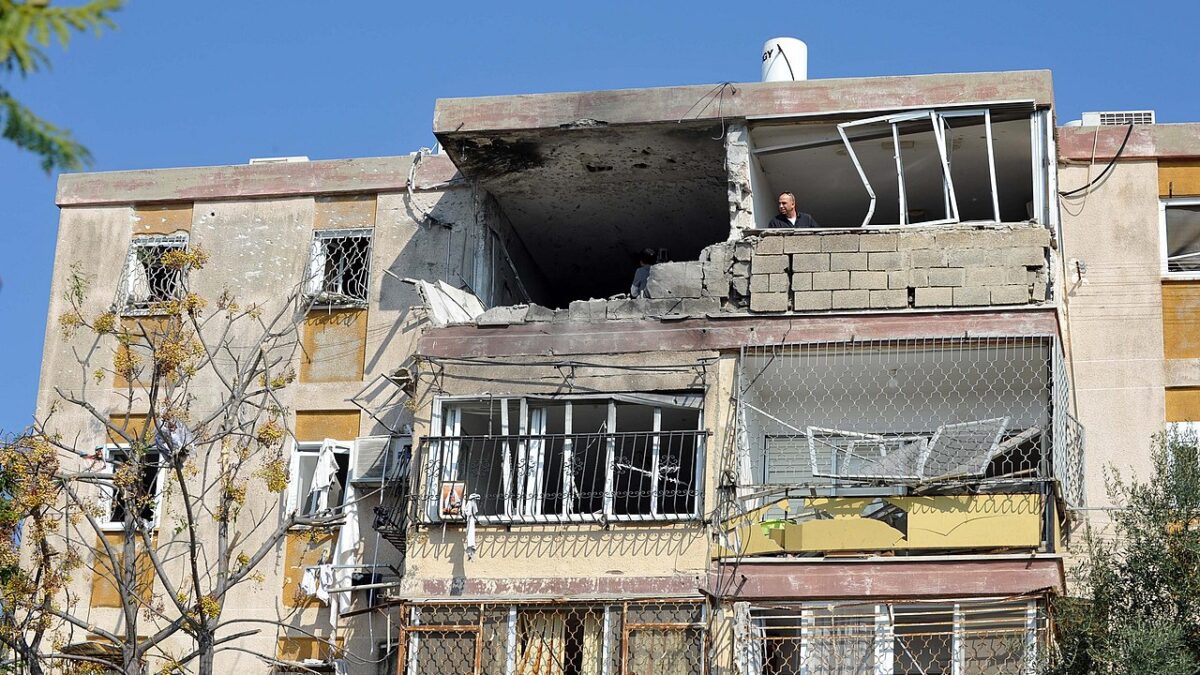Every year, Transparency International releases a worldwide ranking of national corruption. The calculation of each country’s score includes measures like press freedom, fiscal transparency, and rule of law.
Out of 168 nations ranked, Afghanistan clocks in just two shy of last place at 166. Six in 10 Afghans reported having to pay bribes to facilitate government transactions, and as many agreed their country became more corrupt from 2007 to 2010—a bad situation made worse.
Now it turns out this isn’t just the expected corruption of an impoverished, undeveloped, war-torn nation. It’s corruption on steroids, and the United States government is supplying the juice.
What Our Interventionism Wrought
That’s the conclusion of a new report, “Lessons Learned,” out from the Special Inspector General for Afghanistan Reconstruction (SIGAR). The watchdog agency found the United States underestimated the risk of corruption in Afghanistan for years as it threw huge sums of money at unaccountable contractors and shady local allies. It was nearly a decade after the initial intervention that corruption became a priority for the U.S. in Afghanistan, but since then anticorruption policies have been too little and too late.
“Our report points out that while corruption in Afghanistan pre-dates 2001, it has become far more serious and widespread since then,” SIGAR head John Sopko summarized in a recent speech, adding, “The result [of U.S. nation-building attempts] for Afghanistan was systemic corruption—pervasive and entrenched, affecting the courts, the army and police, banking, and other critical sectors.”
In fact, corruption has become such a pervasive part of Afghan life since 2001 that cultural attitudes about paying bribes have dramatically shifted in just a decade and a half. Where once bribery was shameful, now it is met with tacit acceptance as a necessary evil.
This finding is hardly surprising. If anything, it would be a shock if corruption hadn’t increased under the conditions the SIGAR document describes.
In Afghanistan, the United States “inject[ed] tens of billions of dollars into the Afghan economy, using flawed oversight and contracting practices, and partnering with malign powerbrokers,” the report says. At its height in 2012, spending in Afghanistan by the Obama Administration’s Department of Defense was $19 billion, matching 93 percent of Afghanistan’s entire GDP. Though the “full amount of these contracts was not spent in Afghanistan,” SIGAR notes, much of it was, and “these amounts indicate that huge sums, relative to the Afghan economy, flowed into the country.” Predictably, the local economy couldn’t handle it, and so year after year, that massive influx of money built more corruption than it did democracy.
U.S. Taxpayer Money Funded Cronyism, Not Schools
And that’s not even the worst of it. Washington partnered with brutal and untrustworthy warlords. The CIA dumped literal bags of cash in the Afghan president’s office in the capital city of Kabul. U.S. failure to address corruption early and often alienated local populations and undercut efforts to promote fair and transparent government. At one point $45 billion just went missing. And while U.S. taxpayers were promised our money was building hundreds of schools to teach Afghan children in a safe environment, corruption interfered even with education efforts. The few schools that did get up and running were dangerous, ramshackle buildings with fewer students—especially fewer girls—than official records attest.
The root of the problem here is bigger than any one program. Rather, it lies in the hubristic belief that the United States should entrench itself in a long-term occupation of this small, faraway nation we have failed so miserably—and so expensively—to remake in our own image.
SIGAR offers a list of six lessons and 16 policy recommendations based on its finding, and they’re good so far as they go. But they don’t go far enough. Yes, Washington should better vet its foreign contractors and proxies, but far more necessary is a thoroughgoing reevaluation of the failed, aggressive foreign policy that led to our creating those relationships in the first place. The problem in Afghanistan is not just the systemic corruption our intervention fostered—it’s the intervention itself. If we wish to avoid repeating these mistakes, we must subject Washington to at least as much scrutiny as Kabul.









